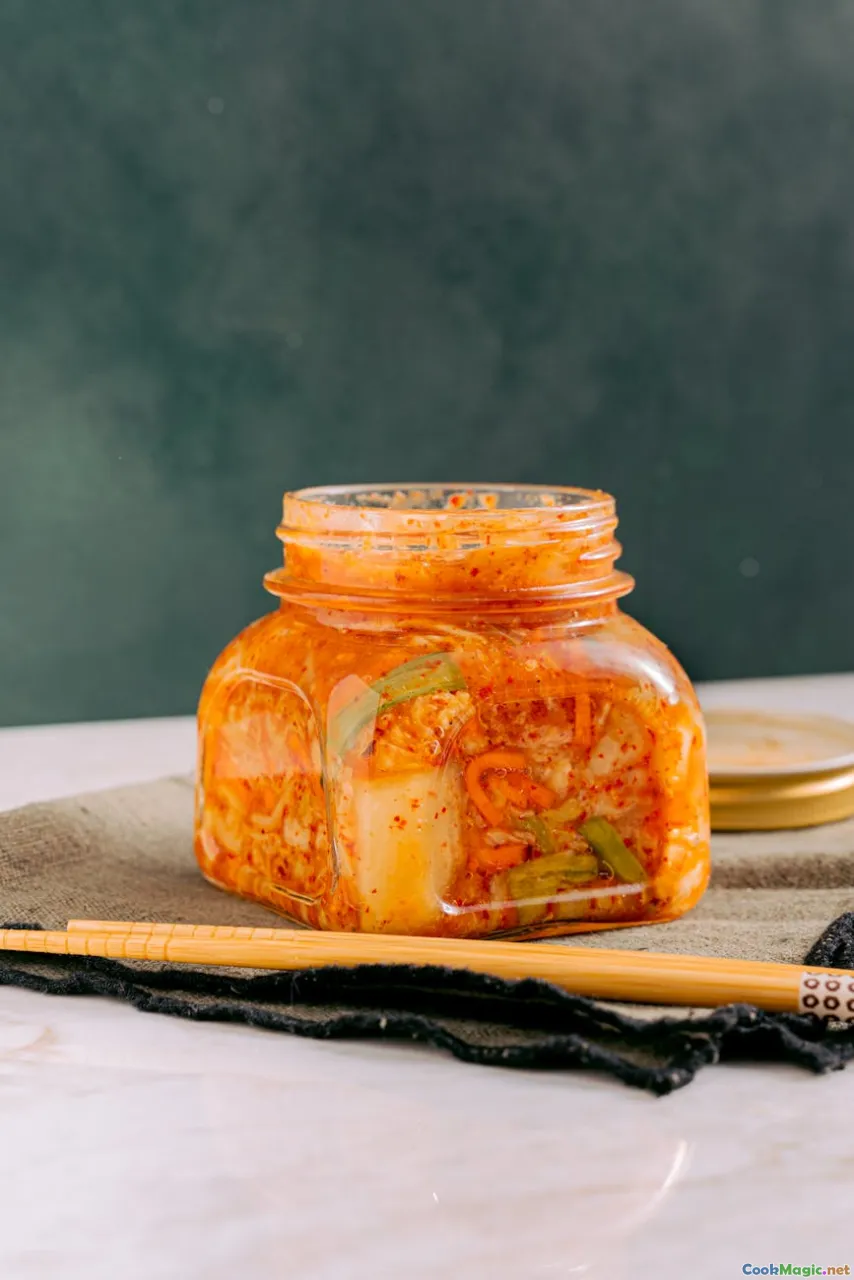A Journey Through World Flavors
5 min read Embark on a culinary adventure exploring diverse flavors from around the globe. April 16, 2025 03:00
A Journey Through World Flavors
Food is more than just sustenance; it's a vibrant tapestry of culture, history, and tradition that weaves together the lives of people across the globe. Each dish tells a story, reflecting the land, climate, and people that created it. Join us on a flavorful expedition around the world, exploring the diverse cuisines that define our global palate.
The Essence of Global Cuisine
Global cuisine encompasses a myriad of culinary techniques, ingredients, and traditions that vary from country to country, and sometimes even from region to region. The essence of global cuisine lies in its diversity. For instance, the use of spices in Indian cooking is a vital aspect, with each region favoring different flavors—from the fiery heat of chili in the south to the aromatic saffron in the north.
In contrast, Japan’s culinary philosophy emphasizes seasonality and simplicity, often epitomized in the art of sushi, where fresh, high-quality ingredients shine through minimal preparation.
Cultural Influences on Food
Understanding global cuisine also means understanding the cultures that shape these foods. For example, the rich culinary traditions of Mexico are deeply intertwined with its history, from the indigenous peoples to the Spanish colonization. Dishes like mole sauce combine native ingredients such as chiles and chocolate with European techniques, creating a unique fusion that celebrates Mexico’s heritage.
Moreover, many cuisines share a common thread of influence. The Silk Road, for example, was not just a trade route for silk but also for spices, fruits, and culinary techniques that transformed the way people cooked and ate. The spread of ingredients like tomatoes, potatoes, and corn across continents has led to the evolution of dishes that are now staples in various cultures.
Cooking Techniques Around the World
Cooking techniques are as diverse as the ingredients used in different cuisines.
- Grilling: A method prevalent in American barbecue, Brazilian churrasco, and Middle Eastern kebabs, grilling imparts a smoky flavor that enhances the natural taste of meats and vegetables.
- Steaming: Used extensively in Asian cuisines, particularly in Chinese dim sum and Thai dishes, steaming preserves nutrients and allows the natural flavors of the food to shine.
- Fermentation: This ancient technique is vital in creating foods like Korean kimchi, Japanese miso, and even French sauerkraut, showcasing a method that not only enhances flavors but also improves food preservation.
Surprising Facts About World Cuisines
- Did you know that Italy produces more than 400 types of cheese? Each region boasts its unique varieties, reflecting local agriculture and traditions.
- In Ethiopia, injera, a sourdough flatbread, is not just a staple; it serves as a utensil for scooping up various stews, embodying the communal spirit of dining.
- The Spice Islands in Indonesia were once more valuable than gold, leading to colonial endeavors that shaped global trade.
Conclusion: A Culinary Mosaic
As we traverse through different cuisines, we uncover a rich mosaic of flavors and traditions that connect us all. Each meal is an invitation to share in the stories of different peoples and their histories. Whether it’s a bowl of ramen in Tokyo or a plate of paella in Valencia, food serves as a universal language that transcends borders. The journey through world flavors is not merely about tasting dishes; it's about experiencing the cultures, traditions, and stories that make our planet beautifully diverse. So, embark on this culinary journey and savor the world, one dish at a time.









